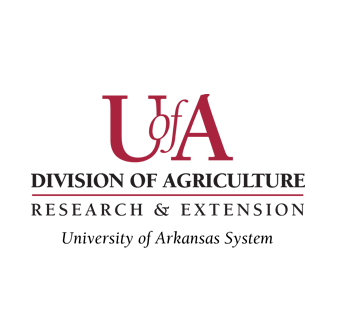Keywords
Burning, tillage, bulk density, soil organic matter, Arkansas, wheat-soybean, fertility
Abstract
Long-term agricultural sustainability and productivity are controlled by the integrative effects of different management practices on the soil. Many Arkansas producers use the double-crop system to grow soybeans [Glycine max (L.) Merr] and wheat (Triticum aestivum L.). The objective of this study was to evaluate the effects of agricultural management practices, including residue level, tillage, irrigation, burning, and soil depth on the change in various soil properties from 2010 to 2020 in a long-term, wheat-soybean, double-crop system on a silt-loam soil (Glossaquic Fraglossudalfs) in eastern Arkansas. Soil nutrients tended to accumulate over time, the most in the top 10 cm, while soil nutrient contents in the 10- to 20-cm depth interval tended to not significantly change over time. Soil bulk density (BD) generally decreased across all treatments over time. Soil organic matter (SOM) content increased under all treatment combinations by 0.097 kg/ha. Soil BD decreased and SOM numerically increased the most in the no-till/no-burn treatment at the top 10 cm of the soil. Total carbon was 9.2 times greater, while total nitrogen was 48 times greater in the top 10 cm of the soil than the 10- to 20-cm depth. Soil pH was 1.9 times greater under irrigation than under non-irrigated treatments. Quantifying soil-property change over time will help producers to better understand the long-term effects of various residue and water management practices and to find reasonable, more sustainable alternative practices.
Recommended Citation
Morrison, M. L., & Brye, K. R. (2021). Long-Term Changes in Soil Surface Properties as Affected by Management Practices in a Wheat-Soybean, Double-Crop System. Discovery, The Student Journal of Dale Bumpers College of Agricultural, Food and Life Sciences, 22(1), 67-74. Retrieved from https://scholarworks.uark.edu/discoverymag/vol22/iss1/14




